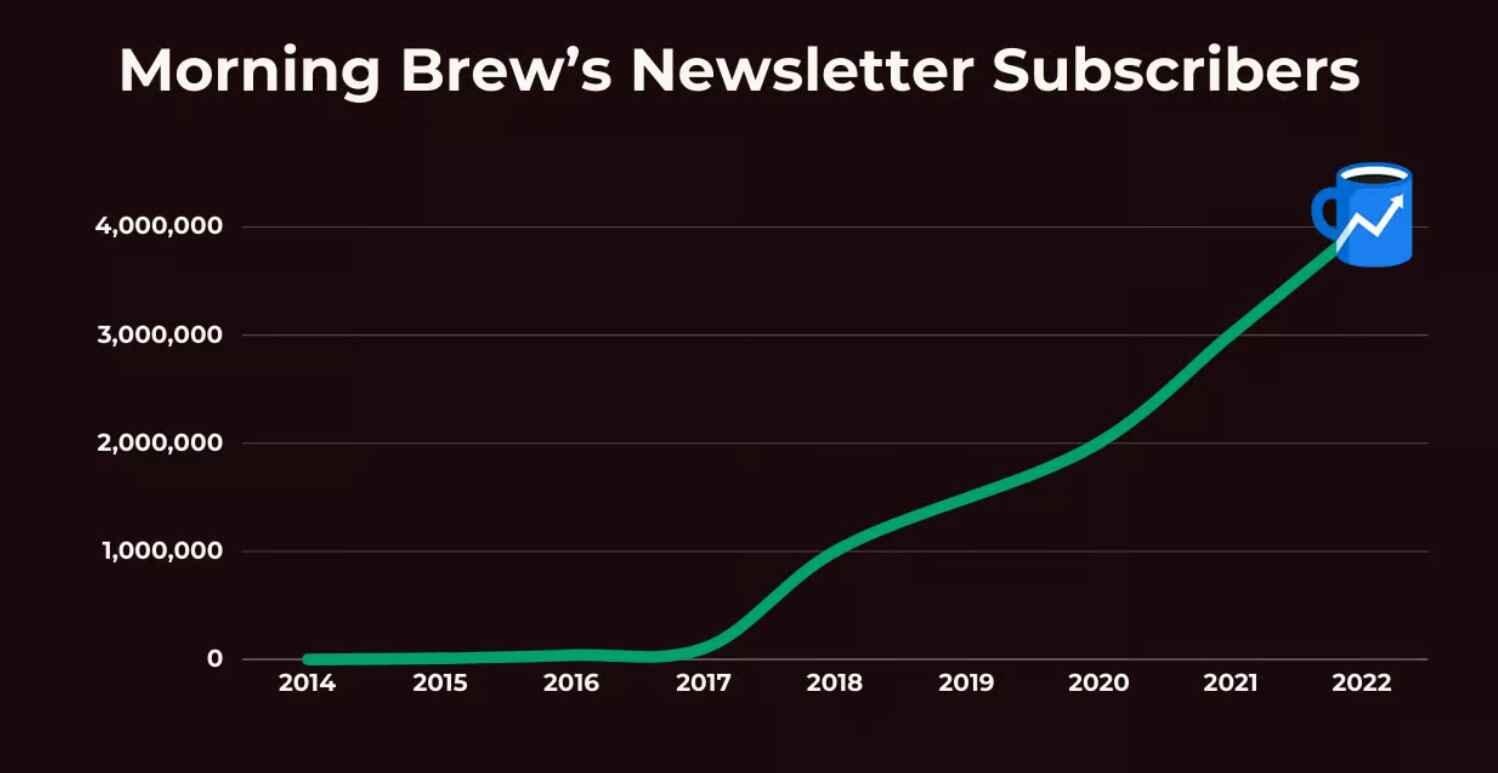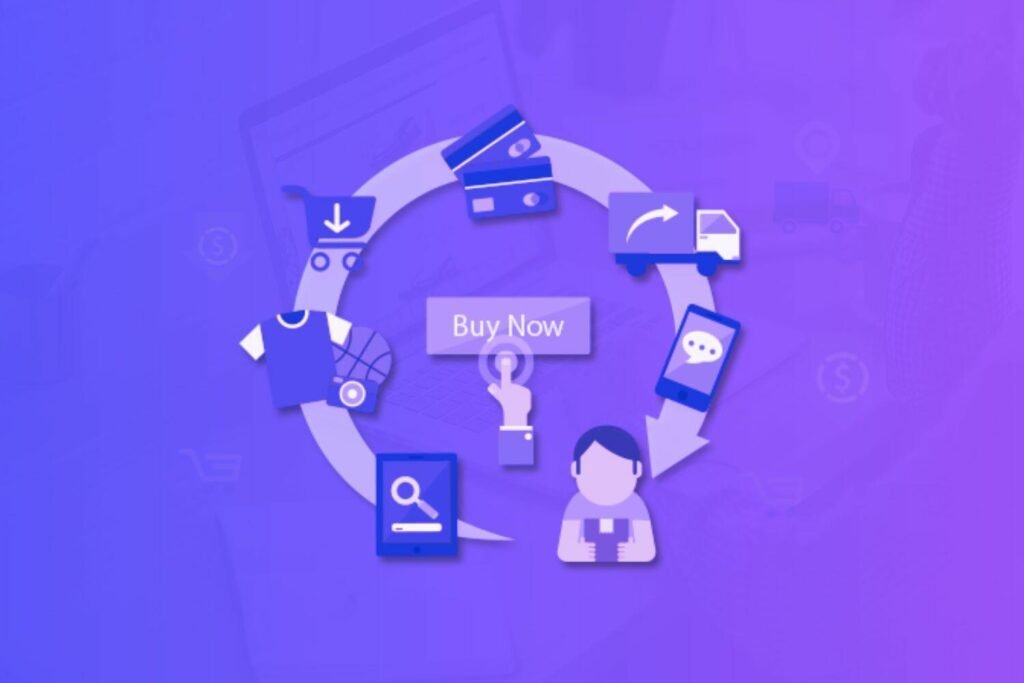The business media celebrates disruptors and revolutionaries, creating the impression that radical innovation, or thinking outside the box, is the only path to success.
But here’s the truth: The businesses that sustainably differentiate themselves through disruptive innovation or complete reinvention are few and far between.
A far greater number of them, instead, excel by identifying overlooked opportunities within timeless basics and established frameworks. And executing them with uncommon excellence. They master and refine what already works.
In other words, they think inside the box.
Trader Joe’s didn’t reinvent grocery shopping—they perfected a limited selection model with exceptional customer service and strategic product curation.
Southwest Airlines didn’t create a new mode of transportation—they streamlined existing processes and focused relentlessly on operational efficiency.
In-N-Out Burger didn’t revolutionize fast food—they doubled down on quality, consistency, and simplicity while competitors expanded menus and chased trends.
The “box” isn’t a limitation—it’s a collection of proven frameworks, established best practices, and hard-won insights from those who came before us.
It represents the accumulated wisdom of countless businesses that have already solved the fundamental problems in your industry. And inside that box are countless opportunities for differentiation and excellence.
“Thinking inside the box” means focusing on:
Mastering or refining existing ideas: Using proven concepts in their basic form, or with small improvements, often yields better results than radical reinvention.
Bonobos didn’t reinvent pants – they just made them fit better. Founder Andy Dunn focused on solving one specific problem: men’s pants that actually fit well. By 2017, Walmart had acquired the company for $310 million.

Executing better than competitors: Often, the winning difference isn’t what you do, but how well you do it. That means executing familiar concepts with exceptional quality or service.
They simply executed direct-to-consumer eyewear better than incumbents, focusing on price, convenience, and customer experience.

By 2015, the company was valued at $1.2 billion. They didn’t need to think outside the box – they simply fixed what was broken inside it.
Many companies stand out not because they abandon the box, but because they master it. They find the overlooked spaces within established frameworks and execute them with uncommon excellence.
Stripe didn’t invent online payments when it launched in 2010. PayPal had been processing online payments for years. What Stripe did was make implementation dramatically simpler for developers.
Rather than pursuing a radical new payment concept, they focused on making the existing model work better through superior documentation, simpler integration, and better developer tools.
Today, Stripe processes hundreds of billions in payments annually and is valued at over $95 billion.

This approach isn’t just limited to the world of business. You’ll see it in action in every vocation that involves creating something.
- Almost all successful writers don’t start from scratch. They take “inspiration” from the books and stories that have succeeded before them.
- Top graphic designers and animators use templates and tropes that they know have worked many times before.
- Accomplished developers usually rely on standard libraries and scripts in most of their code to save time and execute programs correctly.
In fact, the concept of completely “original” business ideas is largely a myth. Nearly every successful business builds on what came before it.
Google wasn’t the first search engine. Facebook wasn’t the first social network. And Amazon wasn’t the first ecommerce website.
Their genius lies in thinking inside established boxes and making them significantly better through design excellence, user experience refinement, and ecosystem development.
Thinking inside the box may seem too simple, mundane, or obvious, but it has many advantages over chasing after the new shiny tactic or strategy.
It’s proven to work
Inside-the-box thinking means recognizing that most business fundamentals and best practices exist for a reason – they work.
Mailchimp founders, for example, built an email marketing platform by focusing on small business owners’ actual needs rather than chasing revolutionary concepts.

Instead of trying to “disrupt the market”, they just focused on making an existing product better for customers.
The result? By 2021, Intuit had acquired Mailchimp for $12 billion – without the company ever taking outside investment.
Efficiency and resource optimization
When you work within established parameters, you waste less time, money, and energy on unproven concepts.
Spanx founder didn’t invent shapewear – she just made it better. Rather than trying to create an entirely new clothing category, she improved upon existing products by eliminating seams and using more comfortable materials.
She started with just $5,000 and turned it into a billion-dollar company by making incremental improvements to an established product category. She was trying to solve a problem I had personally experienced with existing products.
Faster execution and time to market
Inside-the-box thinking often means you can launch quicker since you’re not reinventing every wheel.
When Glossier was launched in 2014, it didn’t revolutionize cosmetics production. Instead, it focused on creating a direct-to-consumer brand with exceptional community engagement.
Using Instagram and its existing Into The Gloss blog readership, the business launched with just four products that addressed specific customer pain points.

Glossier reached a $1.8 billion valuation by 2021 by executing brilliantly on well-understood business principles.
Better customer experience
Many successful businesses, in fact, go the extra mile to specifically not do anything outside the box. In contrast, they create consistent, repeatable elements in their customer experience that become immediately associated with their brand.
For example, the luxury hotel chain Four Seasons doesn’t reinvent its lobby design with each new location. Instead, they maintain consistent service protocols, scents, and design elements across properties.
These recognition patterns build a sense of reliability that creates trust and comfort over repeated interactions.
The comfort of recognition becomes a competitive advantage against boutique hotels, where everything must be relearned.
Regular guests develop such strong associations with these patterns that Four Seasons reports many customers experience a sense of relaxation simply upon entering the lobby of a property they’ve never visited before.
Similarly, when Oatly entered the American market, they deliberately packaged their oat milk in cartons resembling traditional milk containers, despite being a plant-based alternative.

This familiar packaging helped skeptical consumers mentally categorize the product correctly and reduced the perception of risk in trying something new.
Their growth outpaced competitors who used more distinctive, but less familiar, packaging because customers could instantly understand the product’s purpose and usage occasions.
Despite the media’s focus on disruptors, customers typically prefer evolutionary improvements to revolutionary changes. Most people don’t want to change their behavior completely; they want familiar experiences made better.
When you think inside the box, the changes you make are incremental instead of radical. This approach respects the investment customers have made in learning and becoming comfortable with your offerings.
When Toyota redesigned their bestselling Camry model, they maintained recognizable silhouettes and features across generations while gradually modernizing the vehicle.
This approach allowed them to keep existing customers comfortable while still evolving the product, contributing to the Camry’s consistent sales success compared to competitors that underwent more radical redesigns.

Toyota’s research showed that dramatic redesigns often alienated existing customers who had developed emotional connections to recognizable elements of previous versions, teaching them that evolution beats revolution for maintaining customer loyalty.
Rather than constantly chasing the new and different, smart businesses look for successful patterns, language, or experiences from related industries that they can adapt to their own.
They make it immediately obvious what business they’re in by embracing certain expected industry visual cues and conventions.
Rather than avoiding all category standards, they strategically incorporate the ones that create comfort and understanding.
This creates mental shortcuts that help customers immediately understand your offering through association with concepts they already grasp.
When James Dyson introduced his first vacuum cleaner in 1993, he didn’t ask customers to adopt an entirely new cleaning method. He improved the existing vacuum cleaner by eliminating bags and maintaining consistent suction.

This evolutionary approach made adoption easy for consumers while still delivering meaningful improvement, helping build a global technology company with £5.7 billion in annual revenue by 2020.
Now, all of this doesn’t mean customers want you to be generic or abandon innovation. Rather, it’s about recognizing where familiarity creates psychological comfort that helps customers choose your business over less familiar alternatives.
Reduced risk and greater stability
By building on proven foundations, you minimize the chance of catastrophic failure.
Founders of Morning Brew, for example, created a successful business newsletter by improving on an established format.

Rather than creating an entirely new media concept, they made business news more engaging for millennials through a conversational tone and clean design.
They grew to over 2.5 million subscribers and sold the business to Business Insider for a reported $75 million.
So, should you never innovate?
Now, all this isn’t to say that revolutionary thinking never has its place. Truly new-to-the-world innovations can create enormous value – but they’re rare and exceptionally risky.
Tesla succeeded with electric vehicles where others had failed, but it required over $5 billion in capital and nearly went bankrupt multiple times.
For most businesses, especially small and medium enterprises without massive funding, thinking inside the box is the more prudent approach.
When Jeff Bezos founded Amazon in 1994, he operated within the established mail-order retail model that Sears and others had used for decades.
Amazon’s competitive advantage came not from inventing e-commerce but from relentlessly refining specific elements of the existing retail model: offering greater selection, creating more convenient ordering processes, and developing more efficient fulfillment systems.
Final thoughts
The next time someone tells you to “think outside the box,” consider whether that’s actually the best advice for your business. Often, the most reliable path to success isn’t abandoning established frameworks but mastering them.
By thinking inside the familiar box in strategic ways, you create instant understanding, reduce perception of risk, and make it easier for new customers to choose you—all without the cost and uncertainty of reinventing the wheel.
In the blog posts that follow, I’ll share proven ideas that have helped businesses of all sizes distinguish themselves without the high costs and risks of “thinking outside the box.”
These aren’t theoretical concepts—they’re battle-tested approaches I’ve seen work across industries, from retail and restaurants to professional services and tech startups.
They’re about recognizing that the box—your industry, your business model, your limitations—isn’t your prison. It’s your canvas.
Whether you’re a solo entrepreneur, small business owner, or leader in a larger organization, these proven approaches will help you create meaningful distinction without the risks of radical reinvention.
My hope is that this website serves as both permission and pathway—permission to stop chasing elusive unicorn status, and a practical pathway to meaningful distinction through mastery rather than reinvention.
However, this content is for members only. So, if this approach resonates with you, sign up here.
As a member, you will get exclusive access to my growing collection of useful micro-tools, time-saving templates, and actionable guides for small businesses and startups to stand out in a crowded market without reinventing the wheel.
The box isn’t your enemy. It’s your foundation. And within its boundaries lie more possibilities for differentiation than most businesses ever explore. Welcome to thinking inside the box.
Did I miss anything? Did you try this approach? Do you have any questions or comments? Share your thoughts below in the comments section.




